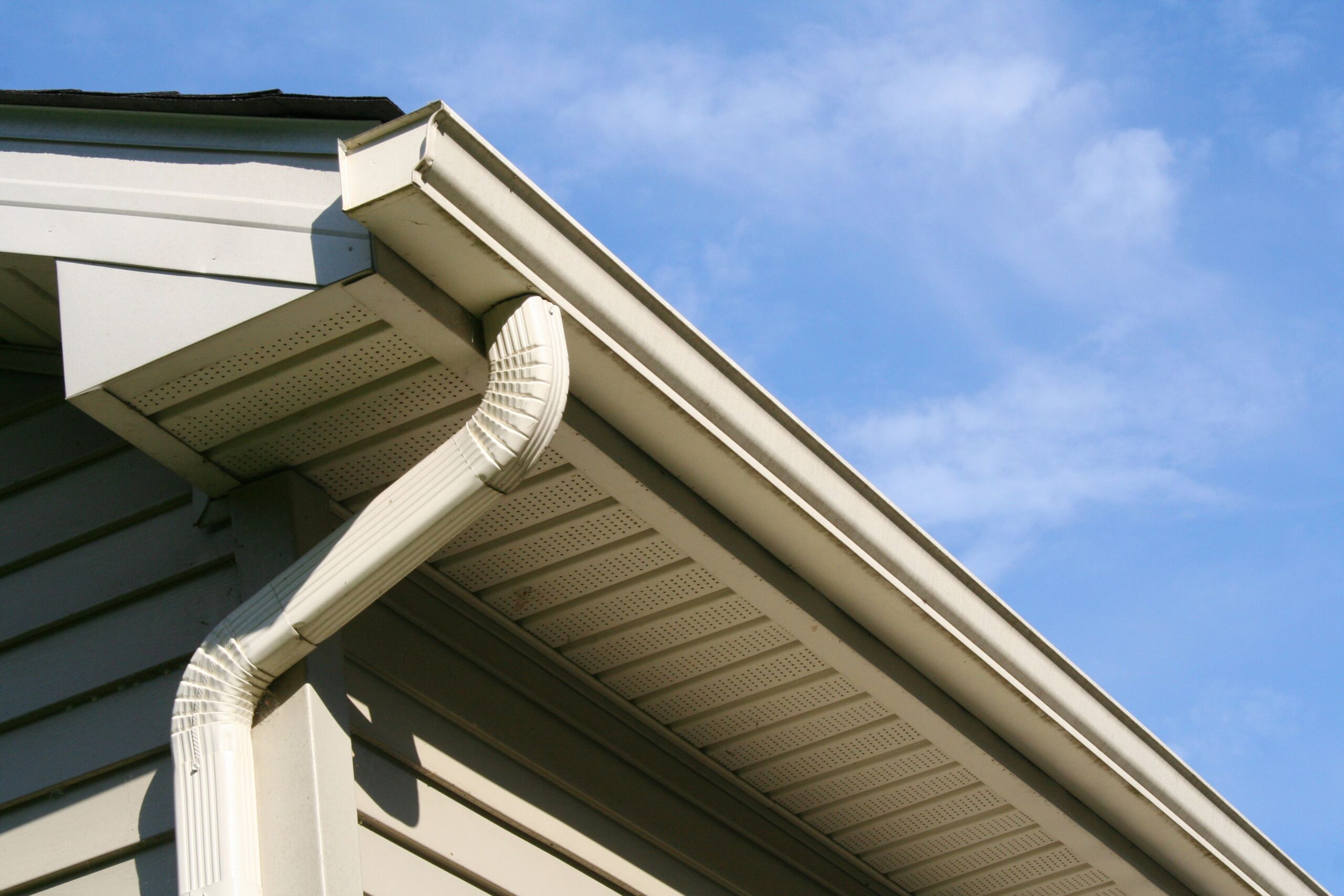Rain gutters are a critical part of your home’s exterior, directing rainwater away from the foundation, protecting landscaping, and preventing water damage to walls and siding. Over time, gutters can develop leaks, sagging, clogs, and other issues that require timely repairs to maintain their effectiveness. Here’s a comprehensive guide on how to identify, fix, and prevent common fix rain gutter problems to keep your home safe and dry.
Why Rain Gutter Maintenance Matters
Regular gutter maintenance is essential because damaged gutters can lead to costly problems:
- Foundation Damage: Water pooling around the foundation can lead to cracking, erosion, and settling.
- Basement Flooding: Overflowing gutters can lead to water seeping into the basement.
- Landscape Erosion: Unchecked water flow can erode landscaping around your home.
- Roof Damage: Standing water in gutters can back up into the roof, causing leaks and wood rot.
By keeping your gutters in top shape, you’ll avoid these potential problems and extend the life of your gutter system.
Identifying Common Gutter Issues
Before starting repairs, you’ll need to diagnose the problem. Here are common gutter issues to look out for:
- Leaks: Water dripping from seams or corners indicates leaks, often caused by rust, holes, or loose joints.
- Sagging: Gutters can sag due to too much weight from debris or improper installation.
- Clogs: Leaves, twigs, and other debris can accumulate, preventing proper water flow.
- Detached Gutters: Gutters may pull away from the house due to loose fasteners or damaged brackets.
- Improper Sloping: Gutters should slope toward downspouts to ensure water flows freely.
Tools and Materials You’ll Need
To fix your rain gutters, gather these basic tools and materials:
- Ladder (preferably with stabilizers)
- Work gloves and safety goggles
- Garden trowel or scoop
- Caulking gun and silicone sealant
- Gutter hangers and screws
- Rust-resistant primer and paint (for metal gutters)
- Bucket for debris
- Hose with spray nozzle
- Plumber’s snake (for downspout clogs)
Step-by-Step Guide to Fixing Gutter Issues
1. Cleaning Out the Gutters
Regular cleaning prevents clogs and weight strain:
- Step 1: Position the ladder on a stable surface and wear gloves.
- Step 2: Use a trowel to scoop out leaves, dirt, and debris, placing it in a bucket.
- Step 3: Rinse the gutter with a hose to clear any remaining dirt and check water flow.
Tip: Clean gutters at least twice a year, or more often if you have overhanging trees.
2. Fixing Leaks
Leaks are a common problem and are usually easy to fix with caulk or sealant:
- Step 1: Clean the affected area and dry it thoroughly.
- Step 2: Apply silicone sealant to joints or seams where leaks are present.
- Step 3: For holes or rust spots, sand the area, apply a rust-resistant primer, and seal with waterproof tape or caulk.
3. Tightening and Replacing Loose Hangers
Gutter hangers keep gutters secured to the roofline:
- Step 1: Inspect each hanger to see if it’s loose or damaged.
- Step 2: Use a drill to tighten screws or replace damaged hangers with new ones.
- Step 3: Make sure gutters are flush against the fascia and level.
4. Adjusting the Slope
Improper sloping causes water to pool in gutters instead of draining:
- Step 1: Check for standing water after it rains. If you notice water buildup, it may indicate a slope issue.
- Step 2: Adjust the gutter by loosening hangers and repositioning until water flows freely toward the downspout.
- Step 3: Retighten the screws once the slope is adjusted correctly.
5. Clearing Clogged Downspouts
Downspouts often become clogged with debris, hindering water flow:
- Step 1: Use a hose to flush out the downspout from the top.
- Step 2: If water doesn’t flow, insert a plumber’s snake into the downspout to clear blockages.
- Step 3: Once cleared, reattach the downspout and ensure water flows smoothly.

6. Fixing Sagging Gutters
Heavy debris or loose screws can cause gutters to sag, disrupting the flow of water:
- Step 1: Remove debris and inspect screws and hangers.
- Step 2: Tighten screws and replace any that are worn.
- Step 3: Add additional hangers if necessary to provide extra support, particularly in long gutter spans.
Preventative Maintenance Tips
Preventative maintenance is key to extending the life of your gutters:
- Install Gutter Guards: These help keep leaves and large debris out of the gutters, reducing the need for frequent cleaning.
- Inspect Regularly: Check gutters for signs of wear, leaks, or clogs every few months, especially after heavy storms.
- Trim Nearby Trees: Overhanging branches are a major source of gutter debris, so keep trees pruned to prevent clogging.
- Schedule Professional Inspections: Once a year, consider having a professional inspect and clean your gutters to catch issues you might miss.
When to Call a Professional
While many rain gutter issues can be fixed with DIY techniques, some problems require professional help:
- Extensive Sagging: If a large section is sagging or pulling away from the house, it may indicate structural issues.
- Persistent Leaks: Recurring leaks may require a more thorough inspection and possible replacement of gutter sections.
- Complex Downspout Clogs: For deep clogs that are hard to clear, a professional has specialized tools to tackle the issue.
- Roof Damage: If water has backed up into the roof, causing leaks or damage, a professional assessment is essential.
Conclusion
Fixing and maintaining your rain gutters is essential to protect your home from water damage and other costly issues. By identifying common problems, gathering the right tools, and following this guide, you can handle most gutter repairs yourself and keep your gutter system in optimal condition. With a little routine maintenance, you’ll extend the lifespan of your gutters and enjoy peace of mind no matter the weather.

